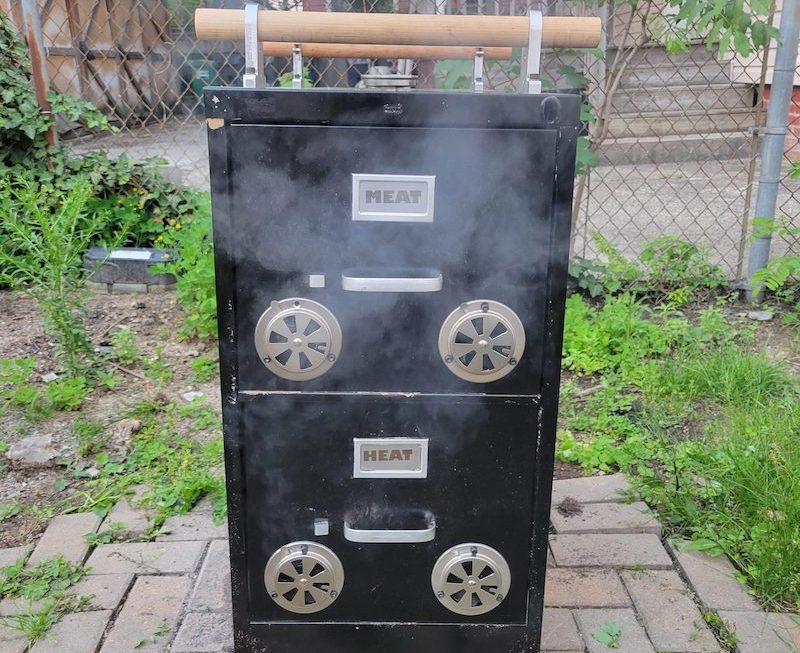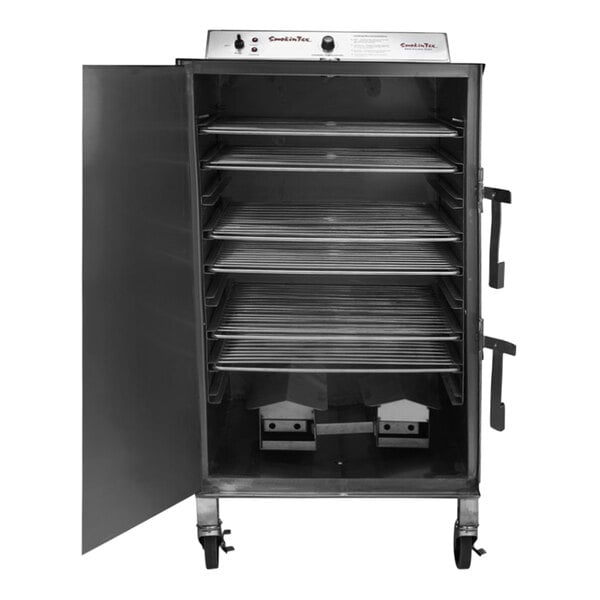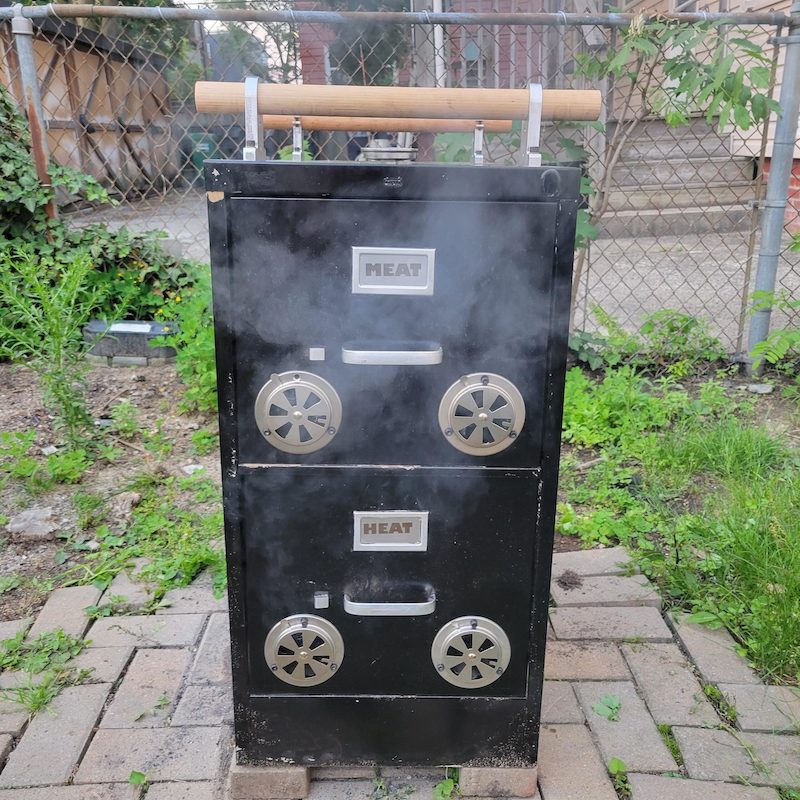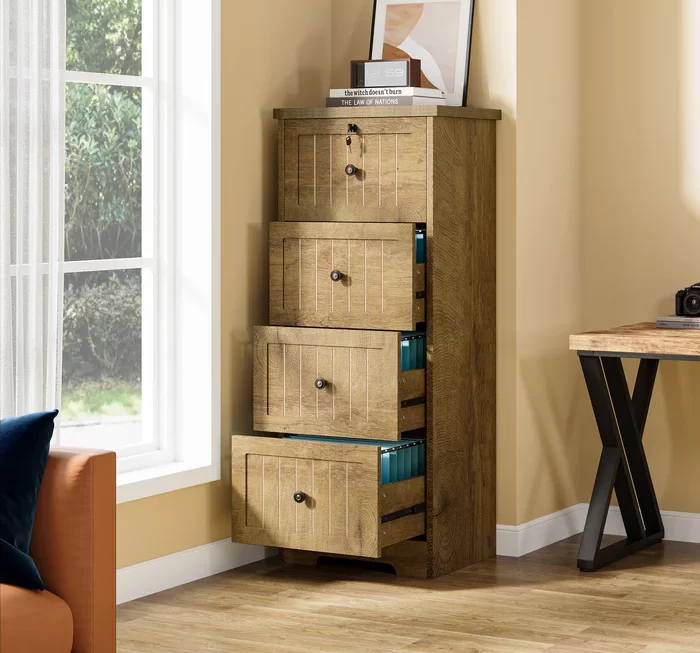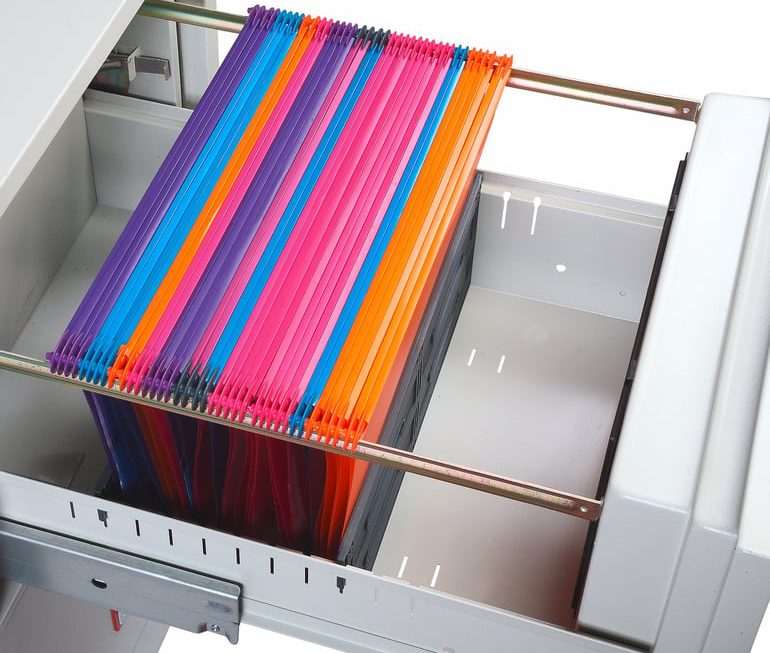Introduction to Filing Cabinet Smokers
When the craving for smoked meat hits, options abound. Yet, making a homemade filing cabinet smoker stands out. It’s a DIY project that repurposes an office staple into a functional smoker. A filing cabinet smoker brings together ingenuity and practicality. It offers ample cooking space and is usually portable due to its original design.
The concept is simple. A standard metal filing cabinet transforms into a meat smoker. By modifying drawers and adding heat sources, like charcoal or wood, you achieve smoke infusion. The tight compartments manage smoke flow, ensuring your meats absorb that deep, smoky flavor.
Beginners and seasoned DIY enthusiasts alike enjoy this project. It allows for customization and improvisation. One can modify it to fit personal preferences for smoking meats. The filing cabinet smoker project also appeals to those who value recycling. It takes an otherwise unused object and gives it a thrilling new life.
Before diving into building a smoker from a filing cabinet, some essentials are required. Understanding its operation, procuring materials, and planning modifications are key. With a little creativity and elbow grease, you’ll be on your way to grilling with a custom smoker.
An introduction to filing cabinet smokers sets the stage for a rewarding project. A project that not only yields delicious outcomes but sparks conversations at every backyard gathering. So, if you’re ready for a weekend project that sizzles, let’s move on to gathering your tools and materials.
Essential Tools and Materials
To start your filing cabinet smoker project, you need the right tools and materials. Gather these essentials before you begin for a smooth build.
- Filing Cabinet: Choose a metal filing cabinet with multiple drawers. It should be sturdy and rust-free.
- Heat Source: Options include charcoal, wood chips, or a propane burner, depending on your preference.
- Grates or Racks: These will hold the meat inside the cabinet. Make sure they fit inside the drawers.
- Drill and Metal Drill Bits: Needed for making ventilation holes and fitting in components.
- High-Temperature Paint: Protect your smoker’s exterior and improve its appearance.
- Temperature Gauge: To monitor the smoker’s internal temperature accurately.
- Gaskets: For sealing edges to keep the smoke in.
- Hinges and Handles: If replacing any existing hardware on the cabinet.
- Metal Saw or Grinder: For cutting through metal if necessary.
- Screws, Bolts, and Nuts: For assembling and securing parts together.
- Fireproof Sealant: To reinforce areas exposed to high heat and prevent smoke leaks.
Collecting these items will set the foundation for building a functional filing cabinet smoker. With these in hand, you’re poised to tackle the project head-on.
Step-by-Step Guide to Building Your Smoker
Building your filing cabinet smoker involves several steps. Here is a clear guide to follow.
- Select Your Filing Cabinet: Start with a clean, metal filing cabinet. Look for one that’s rust-free.
- Remove Drawers: Take out the drawers and strip any plastic or flammable parts from the cabinet.
- Drill Ventilation Holes: Use your drill and metal drill bits to create holes for air flow and smoke release.
- Add Heat Source: Place your chosen heat source, such as charcoal or wood chips, at the bottom drawer or section.
- Install Racks: Fit the grates or racks inside the drawers to hold the meat. Ensure they are stable.
- Set Temperature Gauge: Install the temperature gauge to monitor heat levels. Place it where you can read it easily.
- Apply High-Temperature Paint: Coat the exterior with paint to protect it from rust and give it a fresh look.
- Seal with Gaskets: Attach gaskets around the edges of doors and drawers to keep smoke sealed inside.
- Attach Hinges and Handles: If needed, affix new hinges and handles for easy opening and closing.
- Final Checks: Inspect your smoker for any possible smoke leaks and reinforce with fireproof sealant. Test all parts to make sure they are attached firmly.
By following these steps, your filing cabinet smoker will take shape. Remember, safety comes first, work patiently and precisely. Now, let’s get ready to address safety measures and considerations to ensure your smoking sessions are not just fruitful, but secure as well.
Safety Measures and Considerations
When building and using a filing cabinet smoker, safety is paramount. Here’s what you need to keep in mind:
- Work in a Ventilated Area: When modifying your filing cabinet, make sure you’re in a well-ventilated space. Fumes from paint and metal can be harmful if inhaled.
- Wear Protective Gear: Always wear gloves to protect your hands from sharp edges and cuts. Safety glasses shield your eyes from metal shavings and dust.
- Check for Lead Paint: Older cabinets may have lead-based paint. If so, take precautions to avoid exposure when sanding or cutting.
- Fire Safety: Set up your smoker on a non-flammable surface. Keep a fire extinguisher nearby in case of emergencies.
- Proper Disposal: Dispose of any sharp metal pieces or hazardous materials safely. Follow local disposal guidelines.
- Gas and Electrical Safety: If using propane burners or electric elements, ensure all connections are secure. Check for leaks regularly.
- Regular Inspection: Before each use, inspect your smoker for wear and tear. Repair any damages that may affect safety or performance.
Following these safety measures will help prevent accidents. It will ensure a positive experience with your filing cabinet smoker. Pay attention to details and always err on the side of caution.
Tips for Seasoning and Maintaining Your Smoker
Once you’ve built your filing cabinet smoker, seasoning and maintenance are key. This will help extend the life of your smoker and enhance the flavor of your cooks. Here are some tips to follow:
- Season Before Use: Coat the inside with a high-heat cooking oil. Run the smoker at a high temperature for a few hours. This creates a protective layer that prevents rust and adds flavor.
- Regular Cleaning: After each use, clean your smoker. Remove ash and leftover food particles. This maintains hygiene and performance.
- Check for Rust: Inspect your smoker regularly for rust spots. Sand them away and apply heat-resistant paint to protect the metal.
- Oiling Metal Parts: Lightly oil exposed metal parts to prevent rust. Do this especially after cleaning or during long periods of non-use.
- Tighten Hardware: Over time, nuts, bolts, and hinges may loosen. Check and tighten them to ensure your smoker’s structure is sound.
- Store Appropriately: Cover your smoker when not in use to protect it from the elements. If possible, store it in a dry, covered area.
- Monitor Temperature Gauge: Ensure the temperature gauge is working correctly. Accurate readings are crucial for smoking meat perfectly.
By incorporating these maintenance practices, your filing cabinet smoker will remain a reliable tool for perfecting the art of smoking meats.
Creative Customization Ideas
Turning your filing cabinet smoker from functional to fantastic requires creativity. Here are some customization ideas to make your smoker uniquely yours.
- Paint It Up: Choose a vibrant color for your smoker. Bright hues make it a standout piece.
- Theme Design: Embellish with stickers or stencils. Pick a theme that reflects your personality.
- Add a Prep Area: Mount a butcher block on top for a convenient prep space.
- Craft a Storage Section: Reserve one drawer for utensils and spices. Keep everything within reach.
- Install Wheels: Attach heavy-duty casters for easy mobility. Move your smoker with ease.
- Hook on Accessories: Add hooks for hanging tools and gloves. Organize your workspace smartly.
- Upgrade Handles: Fit custom handles for comfort and style. They add a personal touch.
- Incorporate Tech: Mount a digital thermometer for precise temperature control. Smoke meats to perfection.
These customizations not only boost your smoker’s look but also enhance its functionality. Remember, each addition should reflect your smoking needs and aesthetic preferences. Get creative and enjoy a filing cabinet smoker that’s as unique as your grilling style.
Cooking with Your Filing Cabinet Smoker
With your DIY filing cabinet smoker ready, it’s time to cook.
- Test the Heat: Begin by heating your smoker to test even temperature distribution.
- Choose Good Quality Meat: Select cuts that benefit from slow cooking, like brisket or ribs.
- Experiment with Woods: Use different woods, like hickory or applewood, for unique flavors.
- Control Smoke and Heat: Adjust ventilation to regulate smoke intensity and internal heat.
- Use a Meat Thermometer: Always check internal meat temperatures for safe, precise cooking.
- Take Notes: Record times and settings for consistent results in future smoking sessions.
Preparing meats and managing your smoker is both science and art. Start with basic recipes, then experiment. With practice, your filing cabinet smoker could turn into the talk of the town for lip-smacking barbecue delights.
Alternatives and Add-Ons for Your Smoker Project
When it comes to enhancing your filing cabinet smoker, there are numerous ways to innovate. Exploring alternatives and add-ons ups the ante on your grilling game. Here are some suggestions to fine-tune your smoking setup.
- Alternate Heat Sources: Think beyond charcoal or wood chips. Pellet tubes or electric heating elements can offer stable temperatures and easier control.
- Smoke Generators: Attach a smoke generator for a consistent smoke flow. It helps when cooking for extended periods.
- Meat Probes: Wireless meat probes let you monitor internal temperatures without opening the smoker.
- Thermal Insulation: Boost efficiency by insulating your smoker. Use heat-resistant materials to keep heat consistent.
- Exhaust System: Install an adjustable exhaust to fine-tune smoke density and flavor.
- Water Pan: Add a water pan above your heat source. It adds moisture for juicier meats.
- Drip Tray: Place a tray underneath the meat to catch drippings. Use drippings for sauces or to keep the area clean.
These modifications not only improve your smoker’s performance but also personalize your cooking experience. Tailor your filing cabinet smoker to your needs, and enjoy the journey of creating mouth-watering barbecues.
